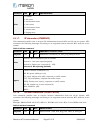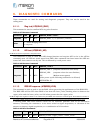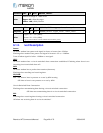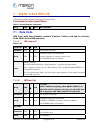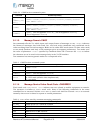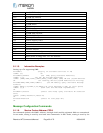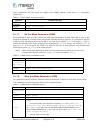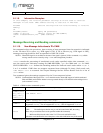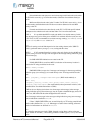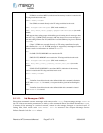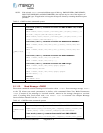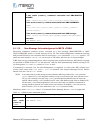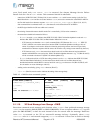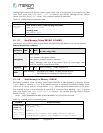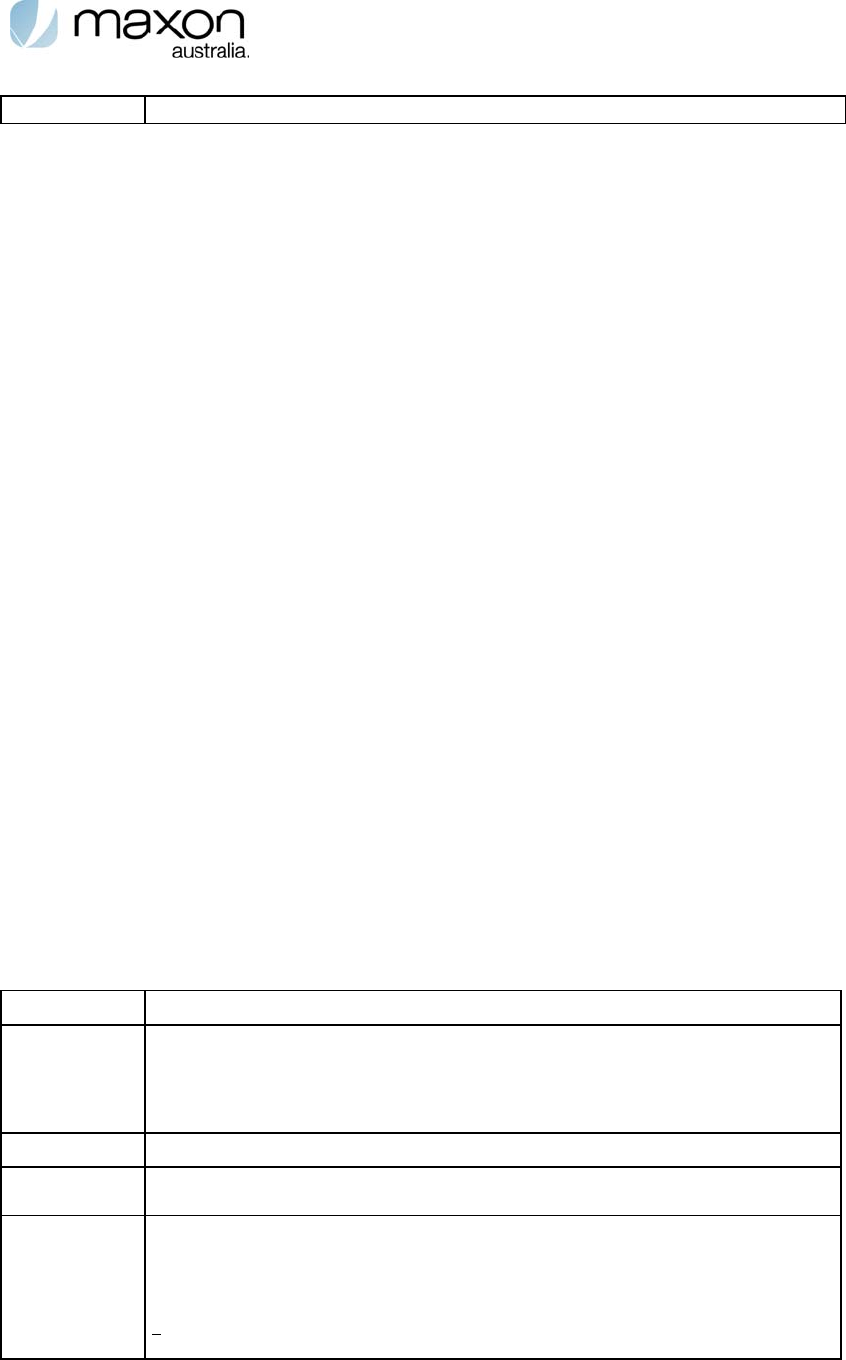
Extended AT Commands Manual Page 35 of 70 2009-06-25
8.1.1.9. Informative Examples
In this example, the volatile parameter settings of TA are used to construct
messages in text mode. SMSC address setting is used also in PDU mode
AT+CRES (restore settings from non-volatile memory to volatile
memory)
OK
AT+CSMP?;+CSCA? (query SM parameters)
+CSMP: 17,167,0,0 (default values for SMS-SUBMIT)
+CSCA: "+358501234567",145 (SMSC address)
OK
Message Receiving and Reading commands
8.1.1.10. New Message Indications to TE +CNMI
Set command selects the procedure, how receiving of new messages from the network is indicated
to the TE when TE is active, e.g. DTR signal is ON. If TE is inactive (e.g. DTR signal is OFF),
message receiving should be done as specified in 3GPP TS 23.038 .
NOTE 1: When DTR signal is not available or the state of the signal is ignored (V.25ter command &D0), reliable
message transfer can be assured by using +CNMA acknowledgement procedure.
<mode> controls the processing of unsolicited result codes specified within this command, <mt>
sets the result code indication routing for SMS-DELIVERs, <bm> for CBMs and <ds> for SMS-
STATUS-REPORTs. <bfr> defines the handling method for buffered result codes when <mode> 1,
2 or 3 is enabled. If ME does not support requested item (although TA does), final result code
+CMS ERROR: <err> is returned. See chapter Message Service Failure Result Code for a list of
<err> values.
Test command gives the settings supported by the TA as compound values.
NOTE 2: Command Select Message Service +CSMS should be used to detect ME support of mobile terminated
SMs and CBMs, and to define whether a message routed directly to TE should be acknowledged or not
(refer command +CNMA).
Table 8. +CNMA action command syntax
Command Possible response(s)
+CNMI=[<mod
e>[,<mt>[,<
bm>[,<ds>[,
<bfr>]]]]]
+CMS ERROR: <err>
+CNMI?
+CNMI: <mode>,<mt>,<bm>,<ds>,<bfr>
+CNMI=?
+CNMI: (list of supported <mode>s),(list of supported <mt>s),(list of
supported <bm>s),(list of supported <ds>s),(list of supported <bfr>s)
Value
<mode>
NOTE : The buffering mechanism may as well be located in the ME; the setting
affects only to unsolicited result codes specified within this command):
0
Buffer unsolicited result codes in the TA. If TA result code buffer is full,
indications can be buffered in some other place or the oldest indications may be discarded



